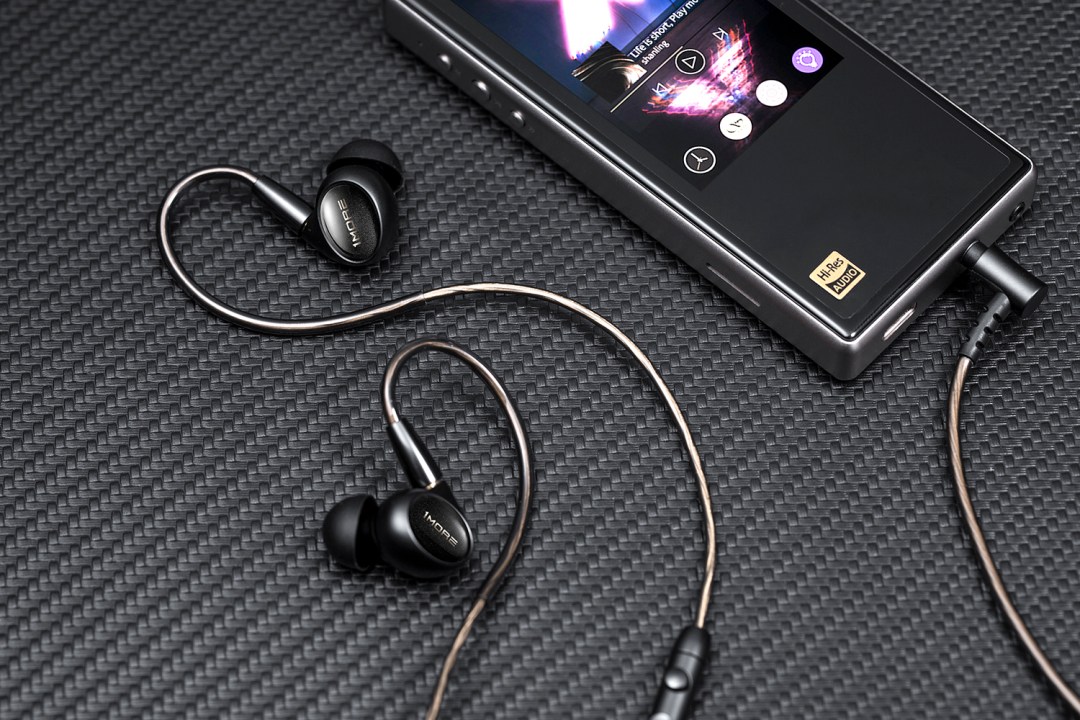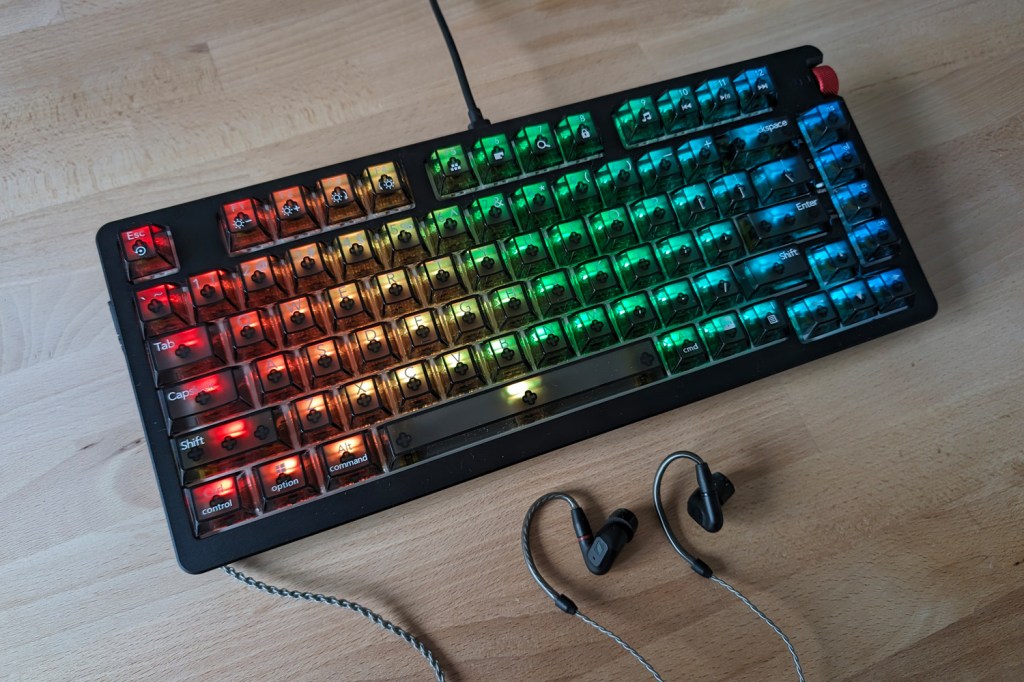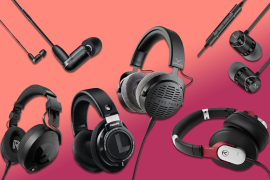IEMs vs earbuds: what’s the difference, and are they better?
Which one’s best for your ears?

Stuck on deciding between IEMs vs earbuds? Wondering what the differences are? Frozen by decision paralysis? Rest easy, friend. We’re going to take you through everything you need to know below, so sit down, get comfy, and soothe yourself with some earbud knowledge. Oh, and if you’ve made your mind up, feel free to check out our round-up of the best wired headphones.
What are IEMs? How are they different from earbuds?



In-ear monitors (aka, IEMs) are specially designed earphones that tend to be used by audiophiles, musicians, composers, engineers, and more. In essence, they’re wired versions of the Bluetooth earbuds that are all the rage these days, and hark back to the Before Times when all headphones had cables.
But while IEMs resemble regular wired earphones, there are a few key differences. The first of these, is their passive noise isolation. While modern Bluetooth earbuds rely on active noise cancellation (ANC) to reduce the distractions from the outside world, IEMs instead use a solid, physical seal to ensure that there’s no sound leaking into your ears from your environment. With a good seal, IEM headphones can provide some seriously impressive isolation, with no ANC wizardry required. This is one of the reasons that you’ll see practically any live musician toting a pair of IEMs — their seals can be good enough to block out the roaring sound of a crowd, letting them focus on the track without missing a beat. It’s also worth noting that IEMs tend to go over your ears for a secure fit, which may or may not be an advantage depending on your comfort levels.

Another reason that IEMs are so highly coveted by audiophiles and professionals, is the fact that their sound quality is often the best around. Unlike most consumer headphones/earbuds which focus on a more lively sound (often with enhanced bass), IEMs tend to focus on neutrality and clarity above all else. In general this is due to their use of a mix between dynamic and balanced armature drivers, which distribute the frequency workload between them. In contrast, most consumer earbuds tend to only have dynamic drivers. They’re great for handling the bassy low-end, but because they’re putting in all the work across the spectrum, mids and highs tend to be less accurate. In other words, IEMs strive to provide the most accurate representation of the music, in keeping with the artists’ original vision. This is why they’re such a crucial tool for people like producers, as they ensure the maximum accuracy when mixing.
Naturally, due to their higher accuracy, better performance, and top-shelf audio components, IEMs can be more expensive than their regular earbuds/wireless earbud counterparts. If sound accuracy and quality are of utmost importance, then we have no hesitations in recommending a pair of IEMs to make the most out of your music — though you’ll want to ensure you have a decent source such as Tidal or downloaded FLAC files to make the most out of them. For most people though, it’s hard to beat the energy, convenience, and form factor of Bluetooth headphones and earbuds. And, of course, there’s nothing wrong with owning both, depending on the occasion. Rock on…
- Read more: These are the best headphones around



